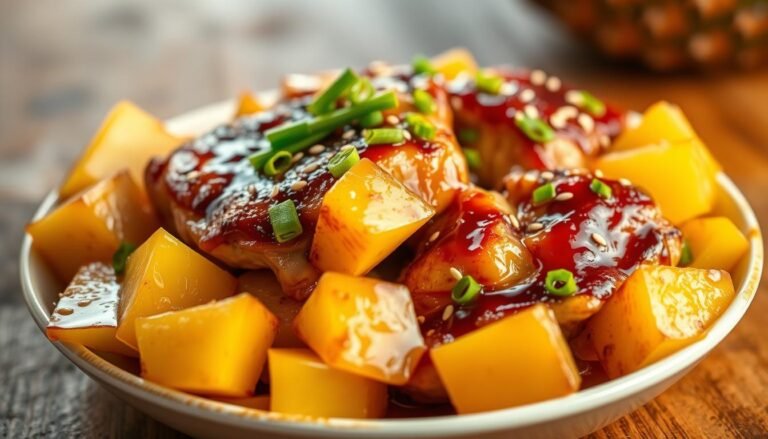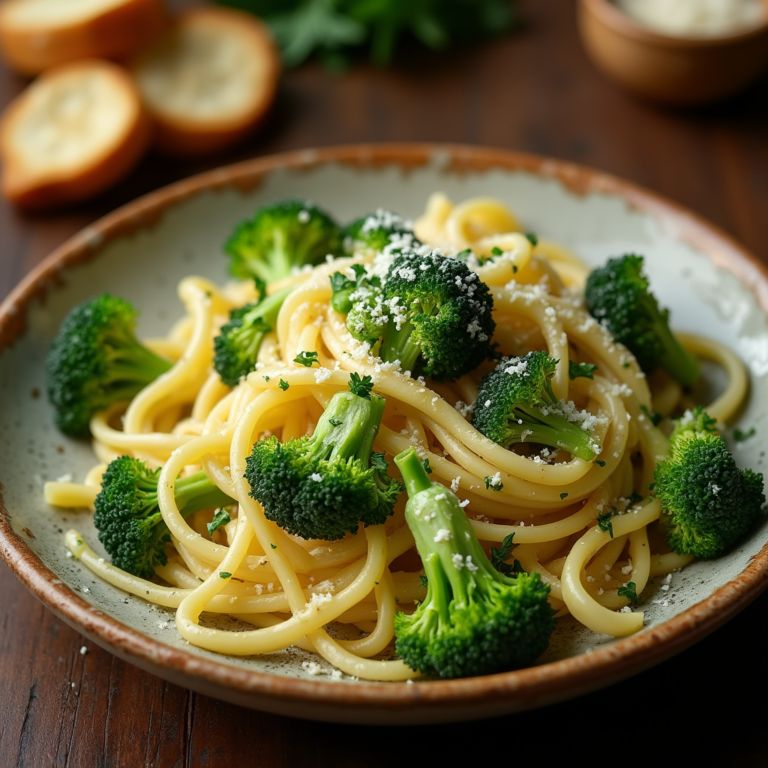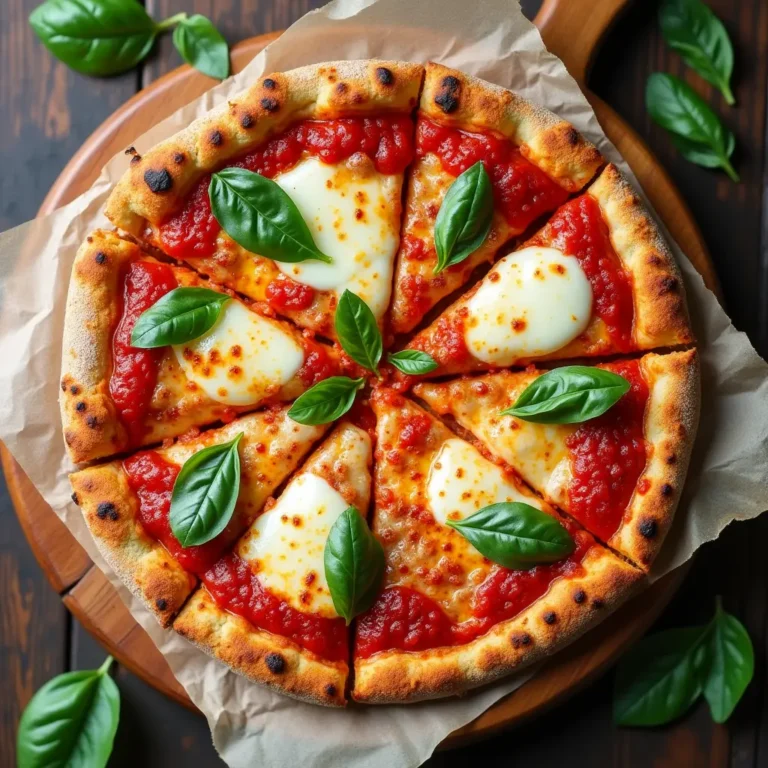Delicious Salmon Dinner Ideas the Whole Family Will Love
Introduction
Tired of serving salmon that’s either too dry or too fishy, only to watch your family push it around their plates? You’re not alone. Many home cooks struggle with preparing seafood that genuinely excites everyone at the table. The salmon dinner ideas I’m about to share will transform this nutritional powerhouse into mouthwatering meals that even the pickiest eaters will devour. These recipes deliver perfectly flaky, flavor-packed salmon with golden, crispy skin that will have your family requesting “salmon night” every week.
As a culinary instructor who’s taught seafood preparation for over 15 years, I’ve refined these techniques to ensure foolproof results every time. Throughout this guide, you’ll discover expert tips for selecting the freshest salmon, foolproof cooking methods for various cuts, and creative flavor combinations that will breathe new life into your dinner rotation.
Why These Salmon Dinner Ideas Work
- Uses affordable salmon options that won’t break your weekly food budget
- Most recipes require just 5-10 minutes of prep time for busy weeknights
- Versatile enough for casual family dinners or elegant entertaining
- Provides essential omega-3 fatty acids in delicious, family-friendly forms
- Offers complete meal solutions, not just standalone protein recipes
- Creates minimal kitchen cleanup with one-pan and sheet pan options
- Features kid-approved flavors that don’t compromise on adult taste preferences
Choosing the Right Salmon
Best Salmon Varieties for Family Meals
When planning salmon dinner ideas, the type you select significantly impacts flavor, texture, and cooking method. Wild-caught Sockeye offers a vibrant red color and robust flavor that stands up well to bold seasonings. Farm-raised Atlantic salmon provides a milder taste with higher fat content, making it more forgiving for beginners and creating that melt-in-your-mouth texture kids often prefer. Coho (silver) salmon presents a middle ground with moderate flavor and a firm texture that holds up well to grilling. For budget-friendly options, Pink salmon fillets work wonderfully in recipes with sauce or marinades that enhance their milder flavor profile.
Buying Tips
Look for salmon with bright, moist flesh and a fresh, oceanic smell—never fishy. The skin should appear shiny and metallic, not dull or slimy. When purchasing fresh salmon, ask your fishmonger when it was delivered, and aim to cook it within 1-2 days. Don’t shy away from flash-frozen salmon, which is often frozen at peak freshness and can provide excellent quality. For family meals, request center-cut portions of equal thickness to ensure even cooking, especially when serving multiple fillets.
Substitutions
If salmon isn’t available or exceeds your budget, arctic char makes an excellent substitute with similar flavor and cooking properties. For recipes calling for salmon steaks, halibut or swordfish can work well. If you’re preparing a recipe using canned salmon, high-quality canned tuna can substitute in many cases. For smoked salmon applications, consider smoked trout or even smoked mackerel for a more economical but equally flavorful option.

Ingredients & Prep
Salmon Prep Essentials
Before cooking, always check for pin bones by running your fingers along the flesh and removing any with fish tweezers or clean needle-nose pliers. For most cooking methods, pat the salmon thoroughly dry with paper towels—this is crucial for achieving crispy skin and proper searing. If your recipe calls for skinless salmon but you’ve purchased skin-on fillets, place the salmon skin-side down on your cutting board and use a sharp knife to carefully separate the skin from the flesh, working from one end to the other.
For portion control, a standard serving is 4-6 ounces per person, though active teenagers and adults might appreciate larger portions around 6-8 ounces. When feeding young children, remove any dark areas along the middle seam of the fillet, as these tend to have a stronger flavor.
Marinades/Rubs
Quick Honey-Soy Marinade
- 3 tablespoons soy sauce or tamari
- 2 tablespoons honey
- 1 tablespoon rice vinegar
- 1 teaspoon grated ginger
- 1 clove garlic, minced
Combine all ingredients and marinate salmon for just 15-30 minutes—any longer can break down the delicate flesh.
Family-Friendly Herb Rub
- 2 tablespoons olive oil
- 1 tablespoon fresh lemon zest
- 2 teaspoons dried herbs (thyme, dill, or Italian seasoning)
- 1 teaspoon garlic powder
- ½ teaspoon salt
- ¼ teaspoon black pepper
Mix ingredients into a paste and gently rub over salmon just before cooking for maximum flavor without overwhelming young palates.
Pantry Staples
Keep these ingredients on hand for impromptu salmon dinner ideas:
- Good-quality olive oil and neutral cooking oils like avocado oil
- Lemons and limes for brightening flavors
- Dijon mustard for creating quick glazes and sauces
- Pure maple syrup or honey for sweet-savory preparations
- Soy sauce or coconut aminos for umami depth
- Dried herbs like dill, thyme, and parsley
- Smoked paprika and garlic powder for instant flavor enhancement
Step-by-Step Cooking Instructions
Pre-Cooking Prep
- Remove salmon from refrigerator 15-20 minutes before cooking to take the chill off.
- Pat fillets thoroughly dry with paper towels to ensure proper browning.
- Season both sides with salt and pepper, or apply your chosen marinade/rub.
- For skin-on fillets, score the skin lightly with a sharp knife to prevent curling during cooking.
- If your recipe calls for even thickness, fold the thin tail portion under itself to create uniform thickness.
Cooking Methods
Oven-Baked Salmon (Most Foolproof Method)
- Preheat oven to 375°F.
- Place seasoned salmon on a parchment-lined baking sheet, skin-side down.
- Bake for 12-15 minutes for 1-inch thick fillets.
- For extra flavor, add a pat of herb butter or drizzle with glaze during the last 2 minutes.

Pan-Seared Salmon (Crispiest Skin)
- Heat 1 tablespoon oil in a heavy-bottomed skillet over medium-high heat until shimmering.
- Place salmon skin-side down and press gently with a spatula for 10 seconds to prevent curling.
- Cook undisturbed for 4-5 minutes until skin is crispy.
- Flip and cook for 2-3 minutes more for medium doneness.
- Finish with a splash of lemon juice and fresh herbs.
Grilled Salmon (Perfect for Summer)
- Preheat grill to medium-high (about 400°F).
- Oil grill grates thoroughly to prevent sticking.
- Place salmon skin-side down and cover grill.
- Cook for 6-8 minutes without flipping for 1-inch fillets.
- Remove when internal temperature reaches 125°F for medium doneness.
Sheet Pan Salmon Dinner (Complete Meal Solution)
- Preheat oven to 400°F.
- On a large sheet pan, arrange quick-cooking vegetables (like asparagus, cherry tomatoes, or thinly sliced potatoes) tossed with olive oil, salt, and pepper.
- Roast vegetables for 10 minutes.
- Push vegetables to the sides and add seasoned salmon fillets to the center.
- Return to oven for 12-15 minutes until salmon is cooked through and vegetables are tender.
Doneness Check
For perfect salmon that remains moist and flaky, aim for an internal temperature of:
- 120°F for rare (warm but translucent center)
- 125-130°F for medium (mostly opaque with slight translucency at center)
- 135°F for well-done (fully opaque and firm)
The FDA recommends cooking salmon to 145°F, but most culinary experts agree this produces dry results. Use a digital instant-read thermometer inserted into the thickest part of the fillet for accuracy.
Alternatively, check doneness by gently pressing the top of the fillet with your finger—properly cooked salmon will be firm but still slightly springy, not mushy or rock-hard.
Resting
Allow salmon to rest for 3-5 minutes before serving to redistribute juices throughout the flesh. This brief rest makes the difference between salmon that stays moist on the plate and salmon that leaks all its flavorful juices the moment you cut into it. For larger cuts like whole sides of salmon, extend resting time to 10 minutes, loosely tented with foil to keep warm.
Pro Tips for Perfect Salmon
Avoiding Dry or Overcooked Salmon
- Cook by temperature, not time: Since thickness varies dramatically, use an instant-read thermometer rather than relying solely on cooking times.
- Use the 10-minute rule: For every inch of thickness, cook the salmon for 10 minutes at 400°F as a general guideline.
- Create a protective barrier: Apply a thin layer of mayonnaise, Greek yogurt, or butter before cooking to lock in moisture.
- Consider low-temperature cooking: For large fillets, try cooking at 275°F for 15-20 minutes for incredibly tender results.
- Remove white albumin: If you notice white protein seeping out during cooking, you’re likely cooking too hot or too long.
Tool Recommendations
An instant-read digital thermometer is non-negotiable for perfectly cooked salmon every time. A fish spatula with a thin, flexible edge makes flipping delicate fillets much easier without breaking them. For grilling, cedar planks not only prevent sticking but also impart delicious smoky flavor. When baking, a quality rimmed baking sheet paired with parchment paper ensures easy cleanup and prevents sticking.
Storage & Reheating
Store leftover cooked salmon in an airtight container in the refrigerator for up to 3 days. For the best texture when reheating, place the salmon in a 275°F oven, covered with foil, for 10-15 minutes until just warmed through. Alternatively, convert leftover salmon into new meals like salmon cakes or salmon pasta where textural changes are less noticeable.
For meal prep, consider slightly undercooking the salmon initially so it doesn’t become overdone when reheated. Cold leftover salmon also makes excellent additions to salads and grain bowls without requiring reheating at all.
Flavor Variations
Family-Friendly Favorites
- Maple-Glazed Salmon: Brush fillets with a mixture of 3 tablespoons maple syrup, 1 tablespoon Dijon mustard, and 1 tablespoon soy sauce before baking. The sweet-savory balance appeals to young palates.
- Parmesan Crusted Salmon: Mix ¼ cup grated Parmesan with 2 tablespoons breadcrumbs and 1 tablespoon melted butter. Press onto salmon fillets before baking for a kid-approved crispy topping.
- Teriyaki Salmon: Marinate in bottled teriyaki sauce for 20 minutes before cooking, then reduce the marinade to create a glossy sauce. The sweet profile is particularly appealing to children.
Health-Conscious Options
- Mediterranean Salmon: Top with a mixture of diced tomatoes, olives, capers, and a drizzle of olive oil. Bake for a heart-healthy dinner rich in omega-3s and antioxidants.
- Keto-Friendly Salmon: Create a topping of 2 tablespoons softened butter, 1 tablespoon chopped dill, 1 teaspoon lemon zest, and 1 minced garlic clove. Place on salmon fillets before baking.
- Paleo Power Bowl: Serve grilled salmon over cauliflower rice with avocado, roasted sweet potatoes, and a drizzle of tahini sauce for a nutrient-dense complete meal.
Global Flavors
- Miso-Glazed Salmon: Combine 2 tablespoons white miso paste with 1 tablespoon honey, 1 tablespoon rice vinegar, and 1 teaspoon grated ginger. Brush on salmon and broil for a Japanese-inspired dinner.
- Moroccan Spiced Salmon: Rub with a mixture of 1 teaspoon each cumin, coriander, and paprika, plus ¼ teaspoon cinnamon and cayenne before cooking.
- Thai Curry Salmon: Place salmon fillets on a bed of vegetables and pour ½ cup coconut milk mixed with 2 tablespoons red curry paste over top before baking.
Serving Suggestions
Transform your salmon dinner ideas into complete meals with these perfect pairings:
Quick Weeknight Sides:
- Steamed rice or quinoa to absorb flavorful salmon juices
- Roasted broccoli or asparagus (roast alongside salmon for a one-pan meal)
- Simple green salad with lemon vinaigrette
- Microwave-steamed frozen vegetables tossed with butter and herbs
Impressive Entertaining Sides:
- Creamy risotto with peas and parmesan
- Roasted fingerling potatoes with herbs
- Grilled vegetable medley with balsamic glaze
- Chilled orzo salad with cucumber, feta, and dill
Wine Pairings:
- Pinot Noir: Light enough not to overpower salmon with just enough acidity
- Chardonnay: Buttery notes complement rich salmon preparations
- Sauvignon Blanc: Bright acidity cuts through fatty salmon beautifully
- Rosé: Versatile option that works with most salmon seasonings
For non-alcoholic options, sparkling water with a splash of pomegranate juice or cucumber-mint infused water provides refreshing counterpoints to rich salmon dinners.
FAQs
Can I use frozen salmon for these recipes?
Absolutely! Thaw frozen salmon overnight in the refrigerator for best results. If you’re short on time, place the sealed package in cold water, changing the water every 30 minutes until thawed (usually takes 1-2 hours). Pat thoroughly dry before cooking, as frozen salmon often releases more moisture.
How do I fix overcooked salmon?
If you’ve overcooked your salmon, flake it and incorporate it into a creamy sauce or dressing that will add moisture back. Try mixing with pasta and cream sauce, or use it to make salmon salad with mayonnaise, lemon, and herbs. For slightly overcooked fillets, a quick sauce drizzled over top can help mask dryness.
Is salmon safe for pregnant women and young children?
Yes, salmon is actually recommended during pregnancy and for children due to its high omega-3 content, which supports brain development. The FDA and EPA list salmon as a “best choice” seafood with low mercury levels. Ensure it’s cooked to an internal temperature of 145°F for these populations to eliminate food safety concerns. Wild-caught salmon typically contains fewer contaminants than farm-raised.
How can I make salmon appealing to picky eaters?
Start with milder preparations like maple-glazed or honey-soy salmon that mask the fish flavor. Involve kids in the cooking process by letting them choose a sauce or topping. Consider serving salmon in forms like salmon cakes or inside tacos where it’s combined with other familiar ingredients. Start with small portions alongside favorite side dishes to reduce pressure.
Conclusion
It’s time to elevate salmon from an occasional healthy dinner to a family favorite that everyone eagerly anticipates! With these versatile and delicious salmon dinner ideas, you now have the knowledge and techniques to create restaurant-quality meals that nourish both body and soul. Whether you choose the foolproof sheet pan dinner for busy weeknights or the impressive miso-glazed fillets for weekend entertaining, these recipes guarantee success even if you’ve struggled with seafood in the past.
Join over 10,000 families who have transformed their dinner routines with these salmon recipes and discovered that healthy eating can also be incredibly delicious. Share your salmon dinner creations on social media with #SalmonSuccess!
Looking for more seafood inspiration? Check out our [15-Minute Fish Taco Guide] or [Seafood Sheet Pan Dinners] for more family-friendly ocean fare. Your journey to becoming a confident seafood cook has just begun!







